In literature, painting, film, and other media, Paris’ collection of sites is often reduced to a few well-known monuments—the Eiffel Tower, the Louvre, the Arc d’Triumph, and the Champ de Elysees. In addition to these impressive destinations, Paris is also home to a variety of equally noteworthy galleries, museums, and landmark modernist architectural projects that are not to be missed by the art and architecture loving flaneur. These include:
Classics
1. The Eiffel Tower at Night (Stephen Sauvestre, 1889)
Lit up against the low Parisian skyline, the structure looks most impressive. Every so often, the tower will dazzle with a blinking light show as onlookers watch from the grass below. Bring a picnic and enjoy the show.
Eiffel Tower looking up
Eiffel Tower footing
2. Musee du Louvre
A requisite stop for any art enthusiast, the Louvre serves as a concentrated dose of art history, showing art from the beginning of civilization to the 19th century. Plus, students aged 18 to 25 get in free with their Italian visas.
Louvre Gallery
3. Musee d’Orsay (interior redesign: Gae Aulenti, 1986)
This collection picks up where the Louvre’s drops off, covering artwork from the years 1848-1915, with an extensive collection of French impressionist and post-impressionist work. The building has a notable history, having been converted from a Beaux Arts train station into a five level gallery space.
International Style & Le Corbusier
1. Villa Savoye (Le Corbusier and Pierre Jeanneret , 1928)
Perhaps Le Corbusier’s most famous work, this home is located in Poissy, a convenient thirty minute train ride outside of Paris. The building is a literal translation of Le Corbusier’s “Five Points of Architecture” including pilotis, a free façade, a free plan, ribbon windows, and a roof garden.
Villa Savoye Facade
Ribbon Window
Central Stair
Gardener’s House
2. Cité Internationale Universitaire de Paris (1925)
This private park is the home to a collection of country-themed dormitory buildings, including two designed by Le Corbusier: the Pavilion Suisse (1930) and the Maison de Bresil (1953).
Pavilion Suisse
Maison de Bresil
3. Villa La Roche (Le Corbusier and Pierre Jeanneret, 1925)
Another Le Corbusier project, the villa was conceived as a residence and private gallery for a collector of avant garde art. The design incorporates the idea of an “architectural promenade”, creating a spatial sequence through the gallery and living spaces.
Circular Column
Facade
Architectural Promenade
Landing
Architectural Promenade
Protective Booties
Bedroom
Landing
Contemporary Architecture
1. Communist Party Headquarters (Oscar Niemeyer, 1972)
Brazilian architect Oscar Niemeyer designed the building with an undulating glass façade that curves around a round white bump in the ground. The bottom floor features a free exhibition space.
Dome
Exhibition Space
2. Centre George Pompidou (Renzo Piano and Richard Rogers, 1977)
This museum serves as the bookend to the collections of the Louvre and Musee d’Orsay, housing an extensive collection of modern and contemporary art in its Musée National d’Art Moderne spaces. The structure is also the home of the Bibliothèque publique d’information and a cinema.
Stair from below
Contemporary Collection
View of the Eiffel Tower
Balcony
3. Arab World Institute (Jean Nouvel, 1984-1987)
Designed by Jean Nouvel, the building was intended as a civic center for the French Arab population. The southern façade combines traditional Arab geometries with the technology of a camera lens to create a series of photoelectric cell panels. The apertures of these window panels change based on exterior lighting conditions, allowing the building to automatically adjust lighting conditions based on solar exposure.
Facade
Photoelectric Cell Panels
Zaha Hadid Exhibition Pavilion
4. Cinémathèque Française (Frank Gehry, 1994)
With one of the largest film archives in the world, this cinema is a destination for any cinephile. Architecture enthusiasts might also enjoy the Frank Gehry designed building.
Facade of the French Cinematheque
5. Biblioteque Nationale de France (Dominique Perrault, 1995)
Designed by Dominique Perrault, the library takes the form of four L-shaped towers meant to look like open books.
Illuminated Stairs
Promenade
Glass Elevator
Promenade along the Seine
6. Passerelle Léopold-Sédar-Senghor…formerly the Passerelle de Solferino (Mark Mimram, 1999)
As students will remember from Mark Cruvelier’s lectures, the Passerelle is a particularly impressive pedestrian bridge in that it crosses the Seine in a single span with no piers. It is prominently sited, linking the Musee d’Orsay and the Jardin de Tuileries.
Jardin de Tuileries
7. Parc de la Villette (Bernard Tschumi, 2000)
Completed in 2000, this Bernard Tschumi designed park features a grid of pathways and bright red pavilions.
Pavilion
Pavilion
Twisting Chair Installation
8. Musee du quai Branly (Jean Nouvel, 2006)
Located near the Eiffel Tower, this Jean Nouvel designed museum boasts vertical gardens and a collection of African, Asian, Oceanian, and American art.




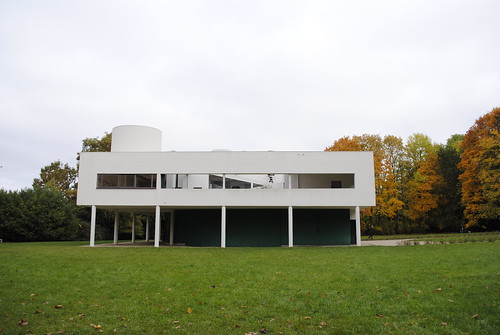

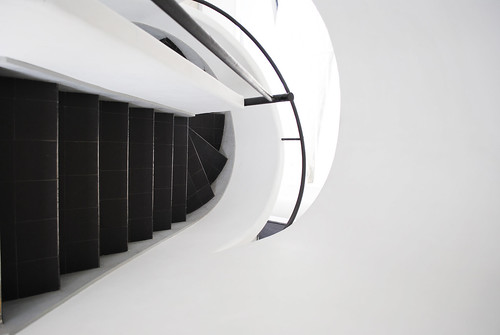


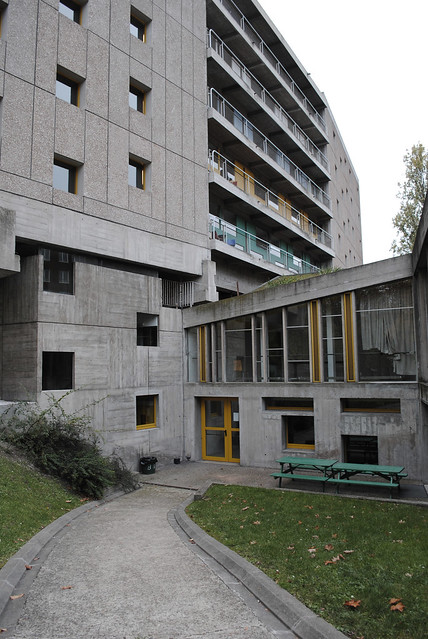
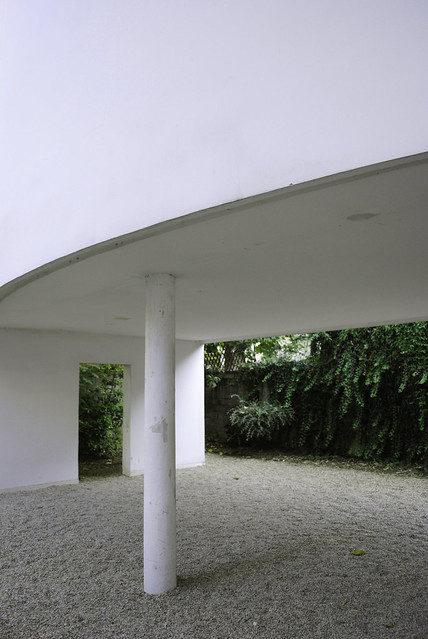
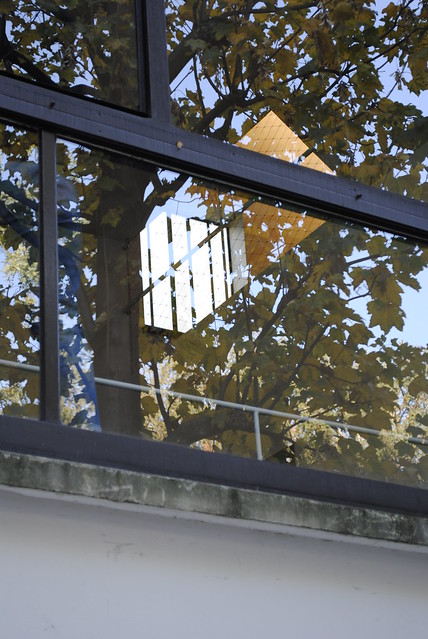
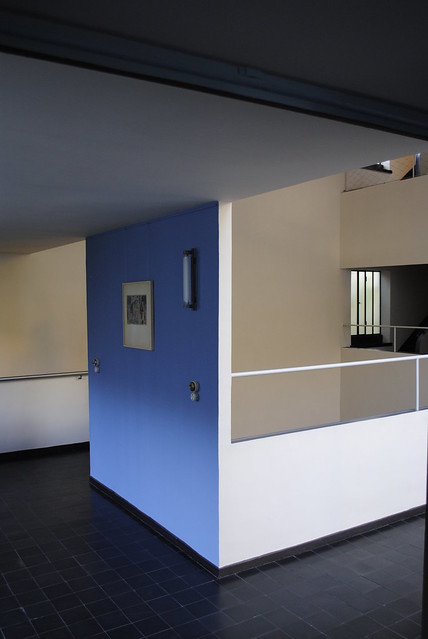

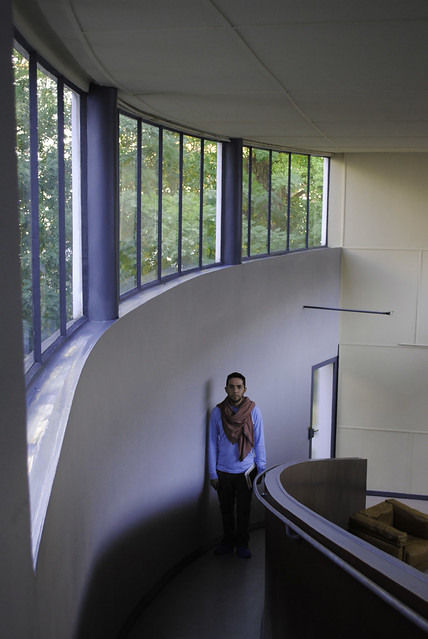
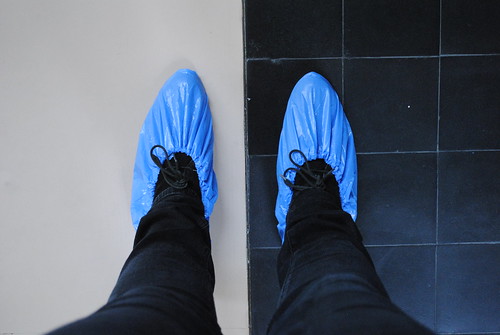
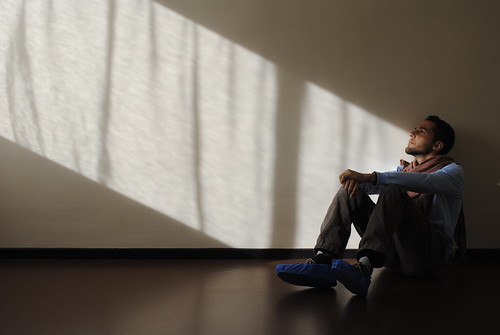




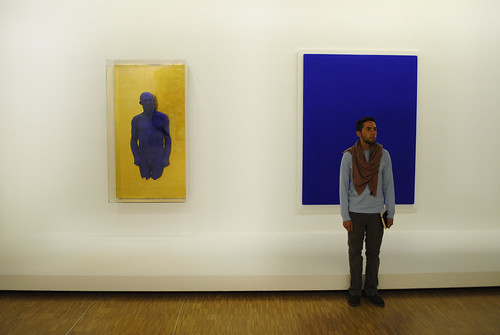
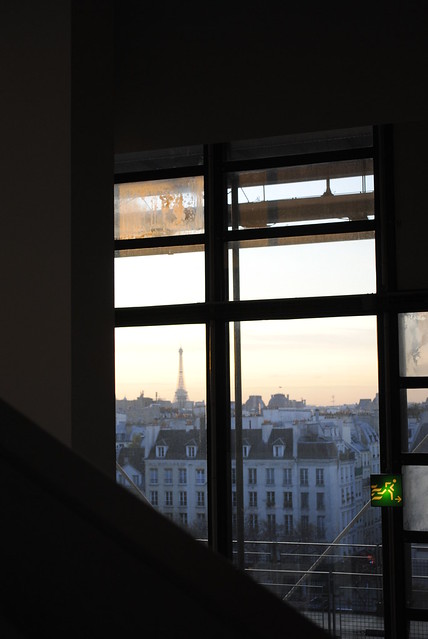
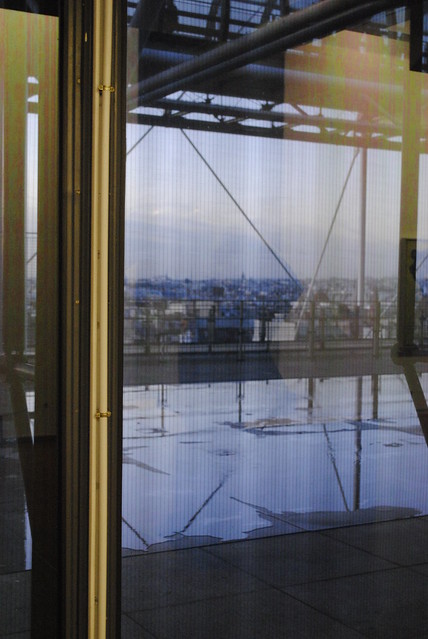
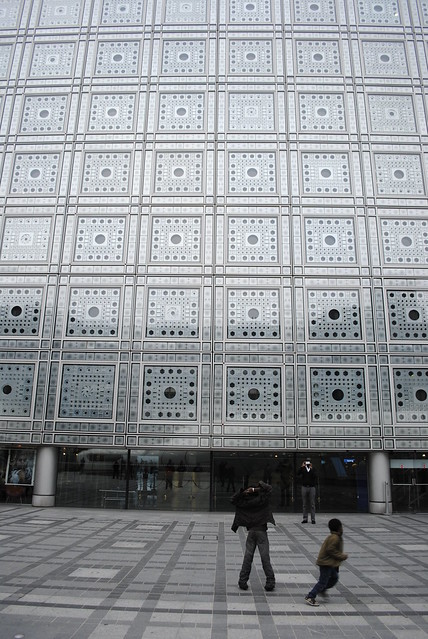
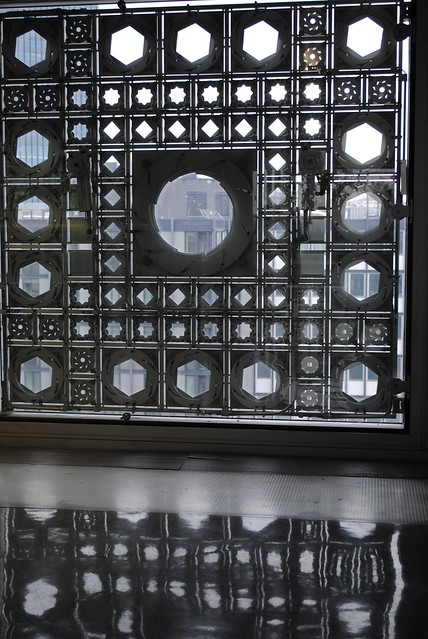
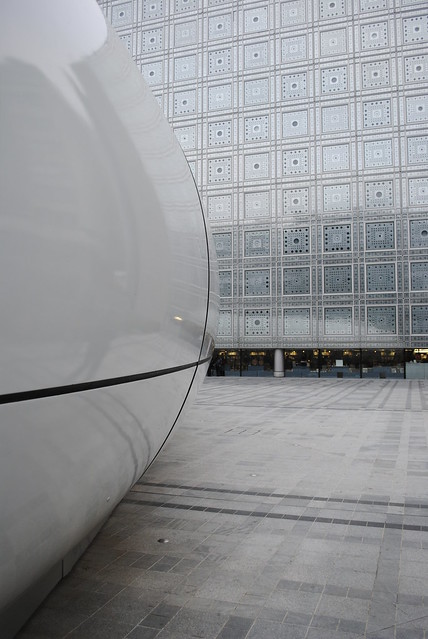

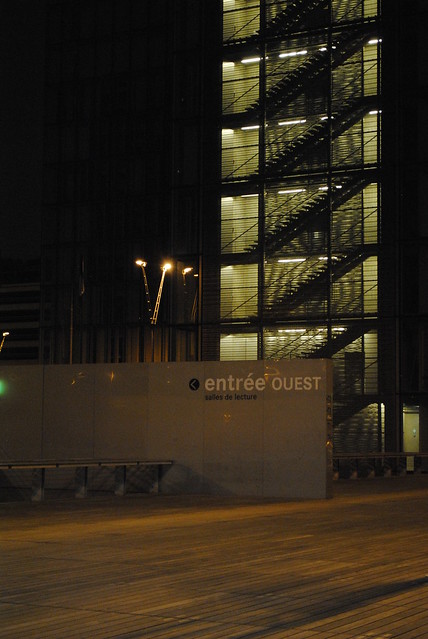

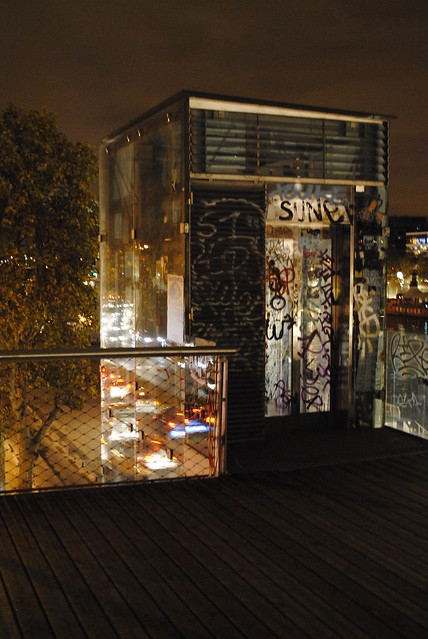
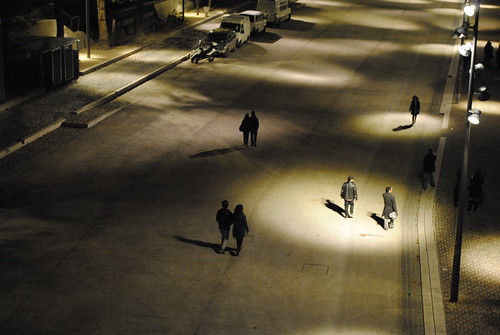
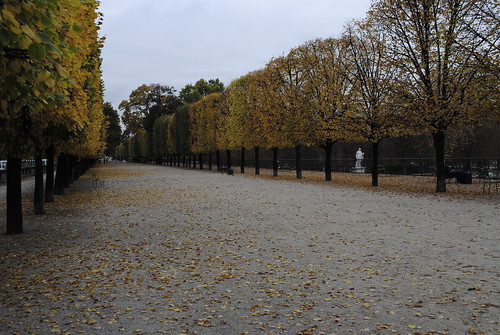

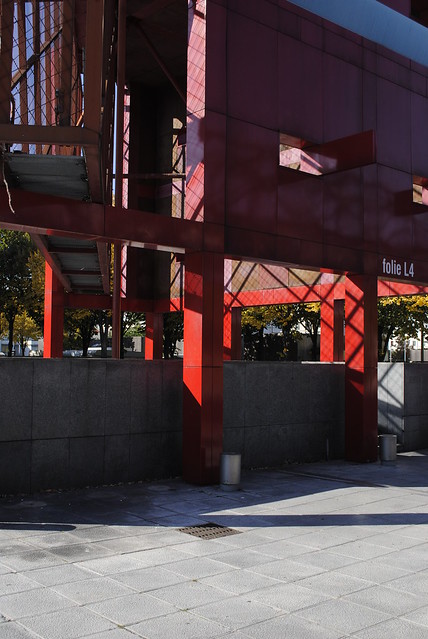
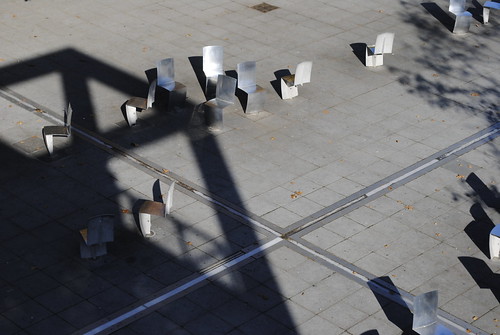
Love the Eiffel Tower shot!